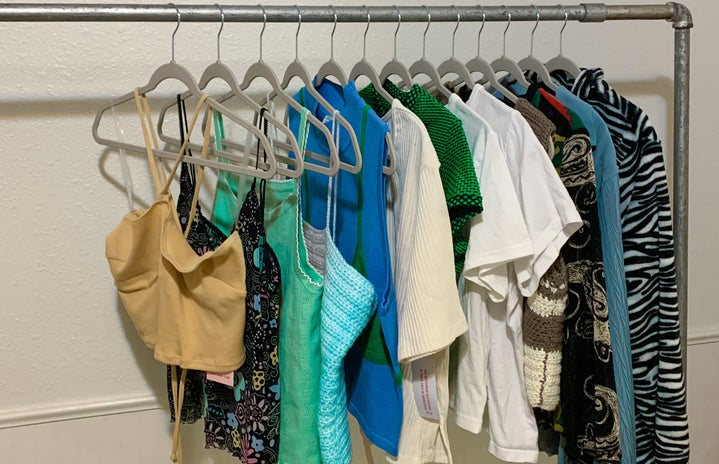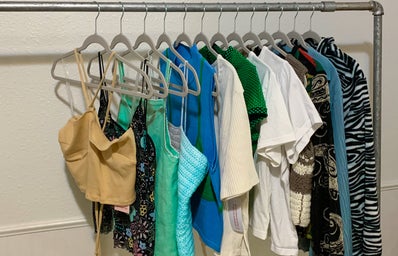Trigger / Content warning: this article contains mentions of sexual harassment, sexual assault and rape. Please do not read if you find any of the above triggering. Resources are linked below.
Dublin Rape Crisis Centre: 1800 778 888
Women’s Aid helpline: 1800 341 900
“You have to look at the way she was dressed. She was wearing a thong with a lace front.” Elizabeth O’Connell, barrister at law presented to the court in defence of her 27-year-old client facing charges of raping a minor. Because clothing invites rape and you have to look at the way she was dressed, right?
“Maybe you should wear something around your waist?” my dad suggested after I told him how I got harassed on my 6 pm jog around my neighbourhood. Except I was wearing something around my waist. I was wearing full-length leggings. I was wearing a long sleeve top. The only bare skin visible was my face, neck and hands. Yet I still got harassed by two older men who recorded me out of their car’s window.
Victims of sexual and gender-based violence are far too often met with questions of their own behaviour which may have invited the assault into their life. What was she wearing? What was she thinking running alone after dark? Why did she walk home alone? God forbid we give a woman’s actions a moment’s break from scrutiny. Too rarely is the focus shifted onto the abuser.
As a society, we have an issue with holding men in general to an equal standard. We make excuses for them. “Sure men can’t multitask.” “Sure men can’t be held accountable.” However, this societal attitude to treating men as babies who take longer to mature has led to hell on earth for female victims of gender-based violence.
This societal attitude has wormed its way into every corner of society, bleeding into the justice system itself, as I mentioned in the case where a girl’s thong was presented as evidence in trial. Because what was she wearing? Maybe she should’ve worn something around her waist.
Unfortunately, the reality is that studies show that people, in general, are quick to shift the blame onto female victims in events where they deem her clothing and or behaviour provocative. An investigation by Cassidy and Hurrell found that cases are “more likely to be labelled as rape in the conservative dress condition” than in cases where the victim was wearing less material. These attitudes are widespread and come as no shock to girls and women who grew up in an environment where they are told time and time again that their behaviour and appearance is a contributory factor of rape, perhaps one of the oldest myths in living memory.
If victims of sexual assault and gender-based violence are to ever know true justice, and if the women and girls of Ireland are to ever know a true feeling of safety in their everyday lives, we as a society need a major, fundamental shift in our own thinking and attitudes when it comes to women as victims and men as abusers.
It goes without saying that men can be victims of sexual assault and gender-based violence too, but the disparity between the statistics points to an ever-present epidemic. One which requires serious, systemic addressing from a governmental, judicial and societal level.

